
The economic costs of ill health in the European Region: background document / WHO Regional Office for Europe;European Observatory on Health Systems and Policies;Suhrcke, Marc;Sauto Arce, Regina;McKee, Martin;Rocco, Lorenzo
Tác giả : WHO Regional Office for Europe;European Observatory on Health Systems and Policies;Suhrcke, Marc;Sauto Arce, Regina;McKee, Martin;Rocco, Lorenzo
Nhà xuất bản : World Health Organization. Regional Office for Europe
Năm xuất bản : 2008
Chủ đề : 1. Cost of Illness -- economics. 2. Europe. 3. Health Care Costs. 4. Social Welfare. 5. Technical documents.
Thông tin chi tiết
| Tóm tắt : | iii, 24 p. Key messages of this publication -Economic development is generally good for health, but health can also bring substantial economic benefits. Several years ago, the WHO Commission on Macroeconomics and Health demonstrated this for developing countries, and there is now considerable work demonstrating the health-to-wealth relationship within the WHO European Region. -Evidence on the economic costs of ill health is essential to any assessment of the economic return on investing in health, but what those costs mean and how they should be measured must be understood to ensure that such investments are made wisely. -In light of the heterogeneity of views in the public debate about what “the economic costs of ill health” actually means, clarifying the different cost concepts and assessing their respective relevance is important. We can divide these concepts into three types of cost: (1) welfare, (2) micro- and macroeconomic and (3) health care. -The welfare costs of ill health are the most encompassing and measure the value individuals attribute to health. This includes the intrinsic value of health and far exceeds the earnings an individual would gain by living a longer, healthier, more productive life. While the value people attribute to health is high, it is not infinite. -The value people attribute to health is difficult to measure: there is, of course, no market price. Such value can be inferred, however, from the decisions people make in situations that involve a trade-off between money and health, for instance in deciding to require greater compensation to perform dangerous jobs. -A simple calculation reveals that in many WHO European Region countries between 1970 and 2003, the welfare gains associated with improvements in life expectancy totalled 29–38% of gross domestic product (GDP) – a value far exceeding each country’s national health expenditures. -Microeconomic and macroeconomic costs are more tangible but more limited measures of the costs of ill health. -At the microeconomic level, there is substantial and growing evidence suggesting that ill health reduces individuals’ labour productivity and labour supply. Health status even emerges as the main determinant of labour supply by older workers in several studies. -Findings are more mixed at the macroeconomic level. Considerable literature suggests that ill health is bad for economic growth in developing countries, but recent research contradicts that view. Work on developed countries is limited. -“A healthier population means less spending on costly health care” sounds plausible, but is it true? The evidence is equivocal. Even if better health may, in some circumstances, lead to lower health spending, other cost drivers, in particular technological advances, will more than outweigh any savings from improved health. On the other hand, there is also not much support for the hypothesis that better health by itself would be a major cost driver. -It is useful to document whether and how better health produces tangible micro- and macroeconomic benefits, and how it may (in some cases) reduce future health-care costs. But these economic benefits are very small compared with the broader and more relevant welfare economic gains expressed as the monetary value people attribute to health improvements. -Policy-makers should be encouraged to factor welfare gains into their economic evaluations of health interventions. Failure to do so risks understating their true economic benefits. |
Thông tin dữ liệu nguồn
| Thư viện | Ký hiệu xếp giá | Dữ liệu nguồn |
|---|---|---|
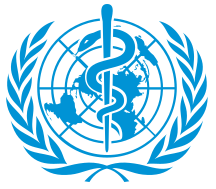 Tổ chức y tế thế giới
Tổ chức y tế thế giới
|
|
https://iris.who.int/handle/10665/350693 |
 Tài liệu điện tử
Tài liệu điện tử 




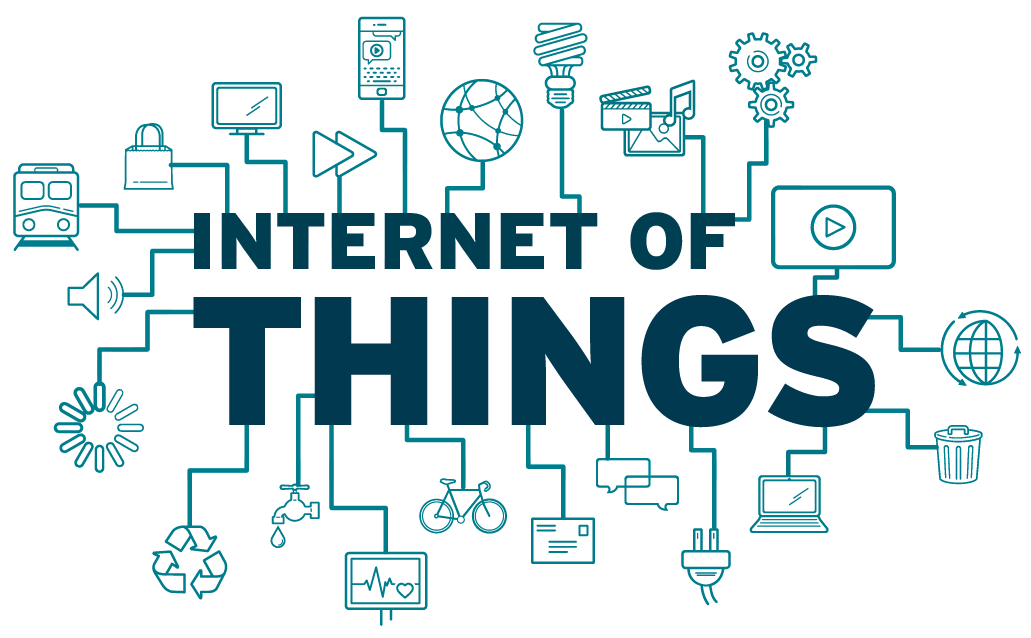
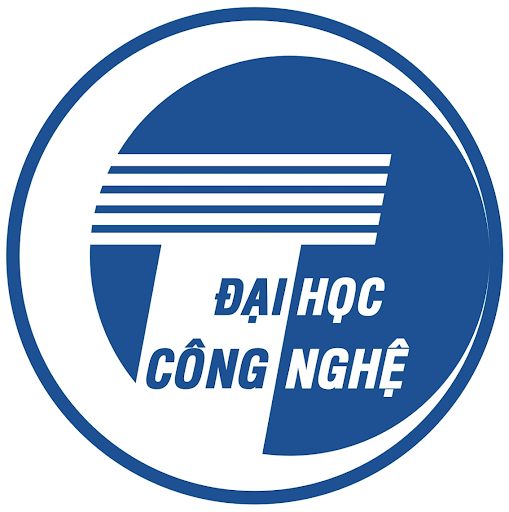 Đại học Công nghệ - ĐHQGHN
Đại học Công nghệ - ĐHQGHN  Đại học Giáo dục - ĐHQGHN
Đại học Giáo dục - ĐHQGHN  Đại học khoa học tự nhiên - ĐHQGHN
Đại học khoa học tự nhiên - ĐHQGHN  Đại học Khoa học Xã hội và Nhân văn - ĐHQGHN
Đại học Khoa học Xã hội và Nhân văn - ĐHQGHN  Đại học Kinh tế - ĐHQGHN
Đại học Kinh tế - ĐHQGHN  Đại học Ngoại ngữ - ĐHQGHN
Đại học Ngoại ngữ - ĐHQGHN  Đại học quốc gia Hà Nội
Đại học quốc gia Hà Nội 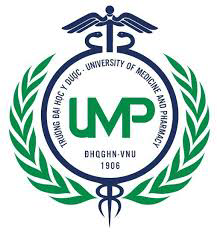 Đại học Y - Dược - ĐHQGHN
Đại học Y - Dược - ĐHQGHN  Học Viện Hàng Không Việt Nam
Học Viện Hàng Không Việt Nam  Thư viện đại học Cần Thơ
Thư viện đại học Cần Thơ  Thư viện Huyện Bình Chánh - TVKHTH TP.HCM
Thư viện Huyện Bình Chánh - TVKHTH TP.HCM  Thư viện huyện Bình Minh - TV Vĩnh Long
Thư viện huyện Bình Minh - TV Vĩnh Long  Thư viện huyện Bình Tân - TV Vĩnh Long
Thư viện huyện Bình Tân - TV Vĩnh Long  Thư viện Huyện Cần Giờ - TVKHTH TP.HCM
Thư viện Huyện Cần Giờ - TVKHTH TP.HCM  Thư viện Huyện Củ Chi - TVKHTH TP.HCM
Thư viện Huyện Củ Chi - TVKHTH TP.HCM  Thư viện Huyện Hóc Môn - TVKHTH TP.HCM
Thư viện Huyện Hóc Môn - TVKHTH TP.HCM  Thư viện huyện Long Hồ - TV Vĩnh Long
Thư viện huyện Long Hồ - TV Vĩnh Long  Thư viện huyện Mang Thít - TV Vĩnh Long
Thư viện huyện Mang Thít - TV Vĩnh Long  Thư viện Huyện Nhà Bè - TVKHTH TP.HCM
Thư viện Huyện Nhà Bè - TVKHTH TP.HCM  Thư viện huyện Tam Bình - TV Vĩnh Long
Thư viện huyện Tam Bình - TV Vĩnh Long  Thư viện huyện Trà Ôn - TV Vĩnh Long
Thư viện huyện Trà Ôn - TV Vĩnh Long  Thư viện Khoa học Tổng hợp TP.HCM
Thư viện Khoa học Tổng hợp TP.HCM  Thư viện quận 1 - TVKHTH TP.HCM
Thư viện quận 1 - TVKHTH TP.HCM  Thư viện quận 10 - TVKHTH TP.HCM
Thư viện quận 10 - TVKHTH TP.HCM  Thư viện quận 11 - TVKHTH TP.HCM
Thư viện quận 11 - TVKHTH TP.HCM  Thư viện quận 12 - TVKHTH TP.HCM
Thư viện quận 12 - TVKHTH TP.HCM  Thư viện quận 2 - TVKHTH TP.HCM
Thư viện quận 2 - TVKHTH TP.HCM  Thư viện quận 3 - TVKHTH TP.HCM
Thư viện quận 3 - TVKHTH TP.HCM  Thư viện quận 4 - TVKHTH TP.HCM
Thư viện quận 4 - TVKHTH TP.HCM  Thư viện quận 5 - TVKHTH TP.HCM
Thư viện quận 5 - TVKHTH TP.HCM  Thư viện quận 6 - TVKHTH TP.HCM
Thư viện quận 6 - TVKHTH TP.HCM  Thư viện quận 7 - TVKHTH TP.HCM
Thư viện quận 7 - TVKHTH TP.HCM  Thư viện quận 8 - TVKHTH TP.HCM
Thư viện quận 8 - TVKHTH TP.HCM  Thư viện quận Bình Tân - TVKHTH TP.HCM
Thư viện quận Bình Tân - TVKHTH TP.HCM  Thư viện quận Bình Thạnh - TVKHTH TP.HCM
Thư viện quận Bình Thạnh - TVKHTH TP.HCM  Thư viện quận Gò Vấp - TVKHTH TP.HCM
Thư viện quận Gò Vấp - TVKHTH TP.HCM  Thư viện quận Phú Nhuận - TVKHTH TP.HCM
Thư viện quận Phú Nhuận - TVKHTH TP.HCM  Thư viện quận Tân Bình - TVKHTH TP.HCM
Thư viện quận Tân Bình - TVKHTH TP.HCM  Thư viện quận Tân Phú - TVKHTH TP.HCM
Thư viện quận Tân Phú - TVKHTH TP.HCM 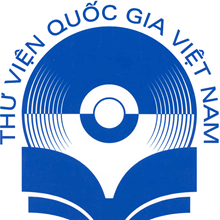 Thư viện Quốc gia Việt Nam
Thư viện Quốc gia Việt Nam  Thư viện thành phố Thủ Đức (cơ sở 1) - TVKHTH TP.HCM
Thư viện thành phố Thủ Đức (cơ sở 1) - TVKHTH TP.HCM  Thư viện thành phố Thủ Đức (cơ sở 2) - TVKHTH TP.HCM
Thư viện thành phố Thủ Đức (cơ sở 2) - TVKHTH TP.HCM  Thư Viện Tỉnh An Giang
Thư Viện Tỉnh An Giang  Thư viện tỉnh Vĩnh Long
Thư viện tỉnh Vĩnh Long 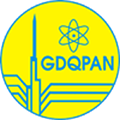 Trung tâm giáo dục quốc phòng và An ninh - ĐHQGHN
Trung tâm giáo dục quốc phòng và An ninh - ĐHQGHN  Trung tâm Hỗ trợ Sinh viên - ĐHQGHN
Trung tâm Hỗ trợ Sinh viên - ĐHQGHN 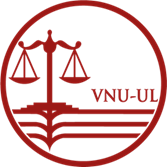 Trường Đại học Luật - ĐHQGHN
Trường Đại học Luật - ĐHQGHN  Trường Khoa học liên ngành và nghệ thuật - ĐHQGHN
Trường Khoa học liên ngành và nghệ thuật - ĐHQGHN  Trường Quản trị và Kinh doanh - ĐHQGHN
Trường Quản trị và Kinh doanh - ĐHQGHN  Viện Công nghệ Thông tin - ĐHQGHN
Viện Công nghệ Thông tin - ĐHQGHN  Viện Đảm bảo chất lượng giáo dục - ĐHQGHN
Viện Đảm bảo chất lượng giáo dục - ĐHQGHN  Viện Quốc tế Pháp ngữ - ĐHQGHN
Viện Quốc tế Pháp ngữ - ĐHQGHN 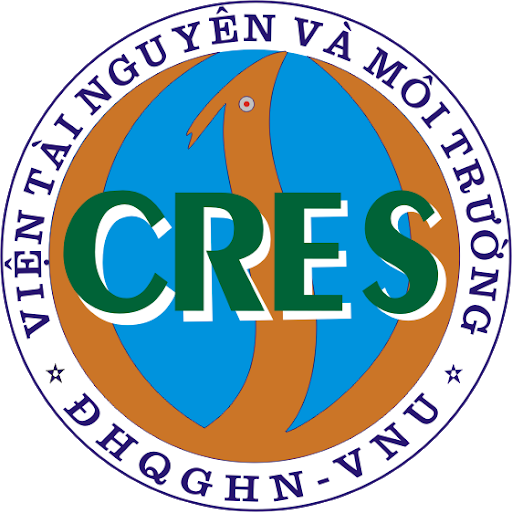 Viện Tài nguyên và Môi trường - ĐHQGHN
Viện Tài nguyên và Môi trường - ĐHQGHN 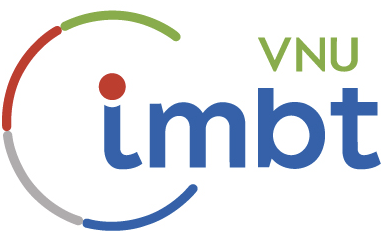 Viện Vi sinh vật và Công nghệ Sinh học - ĐHQGHN
Viện Vi sinh vật và Công nghệ Sinh học - ĐHQGHN  Viện Việt Nam học và Khoa học phát triển - ĐHQGHN
Viện Việt Nam học và Khoa học phát triển - ĐHQGHN